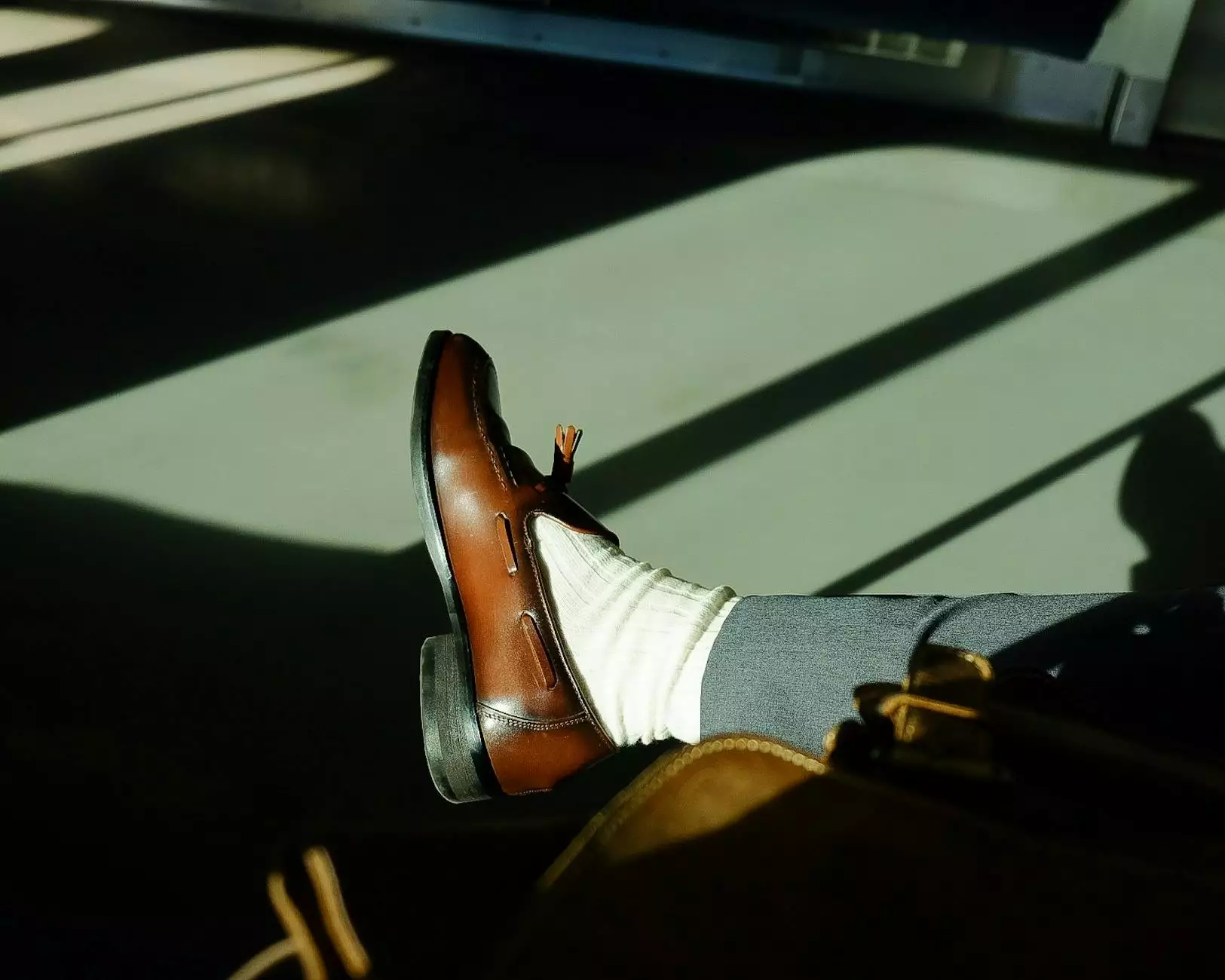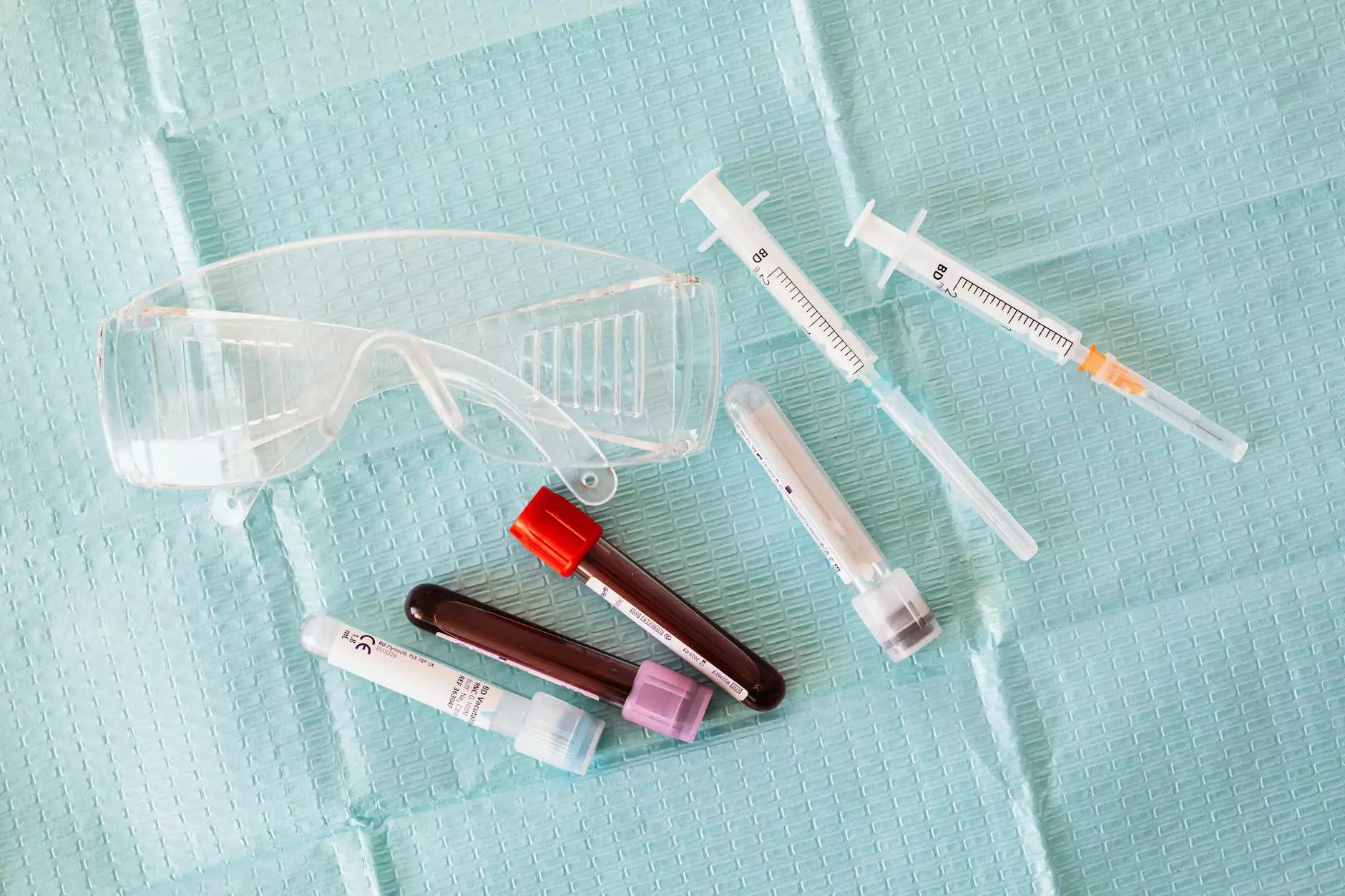The Foot Practice: Alleviating Pain in the Sole of Heel

Introduction
Welcome to The Foot Practice, a trusted name in the field of podiatry for all your foot care needs. With a focus on offering top-quality healthcare services, we are committed to helping patients find relief from various foot conditions and ensuring their overall wellness.
Understanding Pain in the Sole of Heel
Pain in the sole of the heel can be a distressing condition that affects both the young and the elderly. It commonly occurs due to plantar fasciitis, an inflammation of the thick band of tissue connecting the heel bone to the toes.
The pain is often experienced in the morning or after long periods of rest, making it difficult to carry out everyday activities. It can significantly impact mobility and overall quality of life. However, with proper diagnosis and treatment, relief can be achieved.
Causes of Pain in the Sole of Heel
Pain in the sole of the heel can arise from various underlying factors, including:
- Excessive physical activity or overuse
- Poor footwear choices
- Structural abnormalities in the foot
- Being overweight or obese
- Tight calf muscles
Symptoms
Patients experiencing pain in the sole of the heel may notice the following symptoms:
- Sharp, stabbing pain in the heel
- Pain typically worst in the morning
- Pain aggravated after prolonged standing or physical activity
- Redness and swelling in the affected area
- Difficulty walking or bearing weight on the affected foot
Treatment Options
At The Foot Practice, we offer a range of effective treatment options tailored to the individual needs of our patients. Our experienced podiatrists utilize advanced techniques and state-of-the-art technology to provide the best possible care.
1. Non-Invasive Treatments
In most cases, pain in the sole of the heel can be successfully managed through non-invasive treatment methods, including:
- Physical therapy exercises to stretch and strengthen the affected area
- Orthotic devices to provide support and redistribute pressure
- Footwear modifications and recommendations
- Icing and rest to reduce inflammation and pain
2. Medications
In certain cases, medications may be prescribed to alleviate pain and reduce inflammation. Nonsteroidal anti-inflammatory drugs (NSAIDs) are commonly recommended to manage symptoms.
3. Extracorporeal Shockwave Therapy (ESWT)
For more persistent cases, Extracorporeal Shockwave Therapy (ESWT) may be recommended. This innovative treatment method uses high-energy shockwave pulses to stimulate healing and reduce pain.
4. Surgical Intervention
In rare cases where conservative treatments fail to provide relief, surgical intervention may be considered. Our experienced podiatric surgeons employ minimally invasive techniques to correct structural issues and alleviate pain.
Preventing Pain in the Sole of Heel
Taking proactive steps to prevent pain in the sole of the heel can significantly reduce the risk of developing this condition. Here are a few recommendations:
- Choose supportive and properly-fitted footwear
- Avoid excessive physical activity without proper warm-up and stretching
- Maintain a healthy weight to minimize stress on the feet
- Perform regular stretching exercises to keep the calf muscles flexible
- Take breaks and rest when engaging in prolonged periods of standing or walking
Find Relief at The Foot Practice
The Foot Practice is your trusted partner in resolving pain in the sole of the heel. Our team of skilled podiatrists is dedicated to providing comprehensive foot care and prioritizing your well-being.
Contact us today to schedule an appointment and take the first step towards finding long-lasting relief from foot pain. Trust The Foot Practice to help you put your best foot forward!
pain in sole of heel








